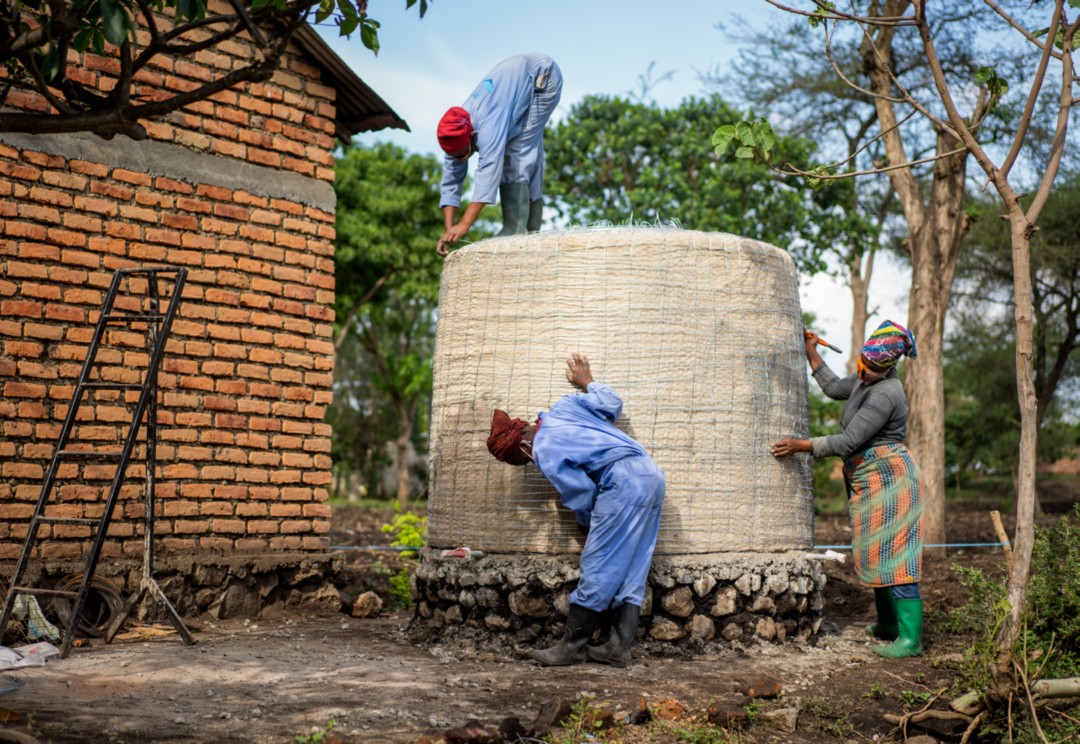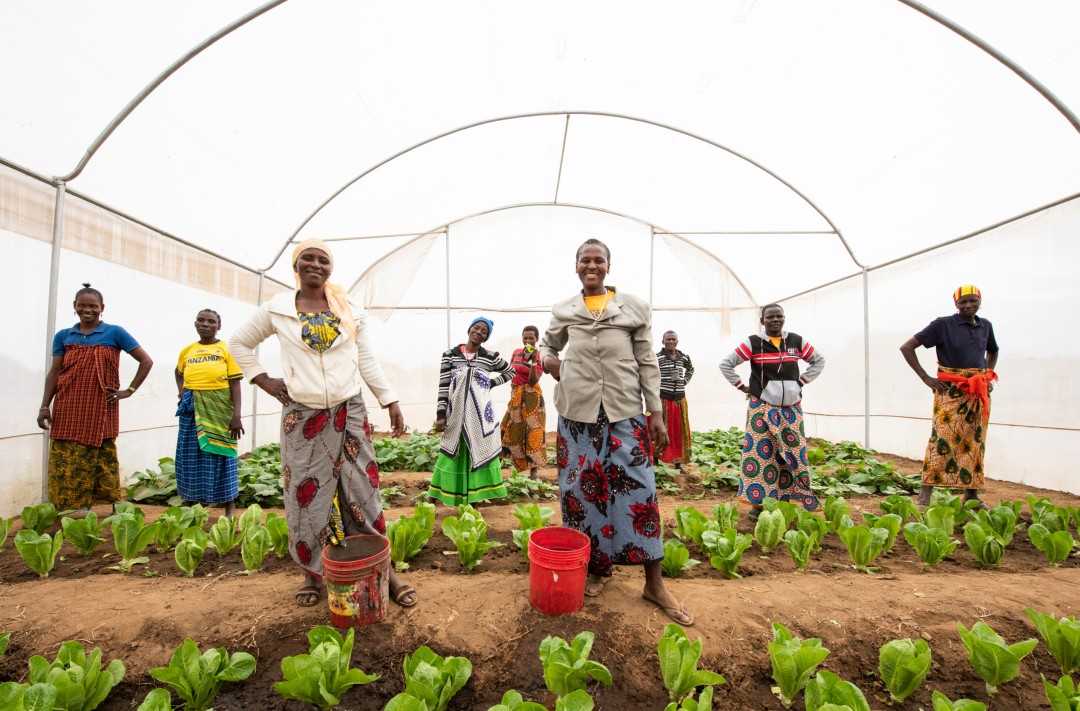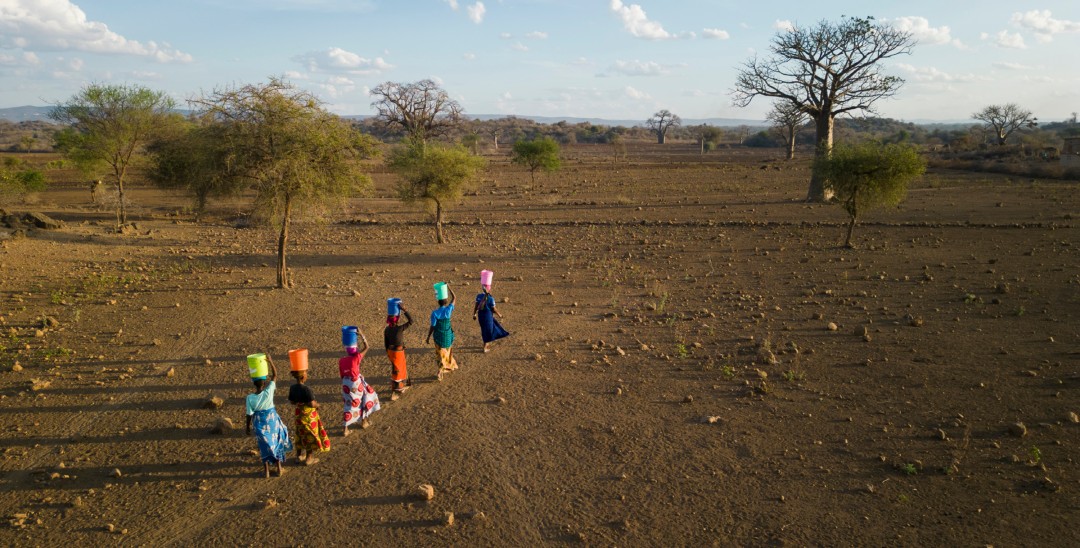Access to water and food security
The project aims to enable the community of N’sengoni, Northern Tanzania, to become water and food secure thanks to 80 residential rainwater harvesting systems and residential greenhouses. The project also includes providing a large-scale greenhouse, next to the Upendo Primary School, for the economic development of a women’s cooperative. More specifically, the project will equip 80 selected households with 3500-liter residential rainwater harvesting systems, which are strategically placed for maximum resource sharing. The same 80 households will also be equipped with a residential greenhouse, together with training and seedlings. The seedlings will provide a harvest within 3 to 4 weeks of planting. The final component of the project is the constructing a community greenhouse at the primary school, together with four months of training for the local women’s cooperative on greenhouse growing, seed banking, composting and mulching, and economic management. As communities become more self-sufficient, Save the Rain will continue to visit the project in order to provide occasional support and to assess its sustainability.
Founded in 2005, Save the Rain is a U.S. based incorporated non-profit and also a registered non-profit in Tanzania. Its mission is to forge partnerships with rural and nomadic peoples in Niger to enable enduring and relevant livelihoods through access to education and opportunity.
News
Type
Health / Environment / Community DevelopmentDuration
December 2023 - november 2025Location
Kingori ward / TanzaniaWith whom
Save the rain
Website




Tanzania
Population
57.3 million (2017)
Per Capita Income
USD 920/year
Poverty rate *
28% (2011)
Literacy rate
78% (2016)
Human Development Index
154TH OUT OF 189 COUNTRIES (2018)
Tanzania has experienced high and relatively stable growth rates over the past decade. At the same time, Tanzania is lagging in primary school completion, maternal health, poverty eradication, malnutrition and environmental sustainability. While the poverty rate has recently declined, the absolute number of the poor has not changed due to the fast pace of population growth (3% per annum). It has made little progress towards reducing extreme hunger and malnutrition, particularly in rural areas. However, scrapping contributions for primary and secondary school has drastically increased primary school enrolment.
Sources: World Food Program, UNICEF, World Bank, 2016 Human Development Report, Human Development Indices and Indicators (2018 Statistical Update)
*The percentage of the population living below the national poverty line.